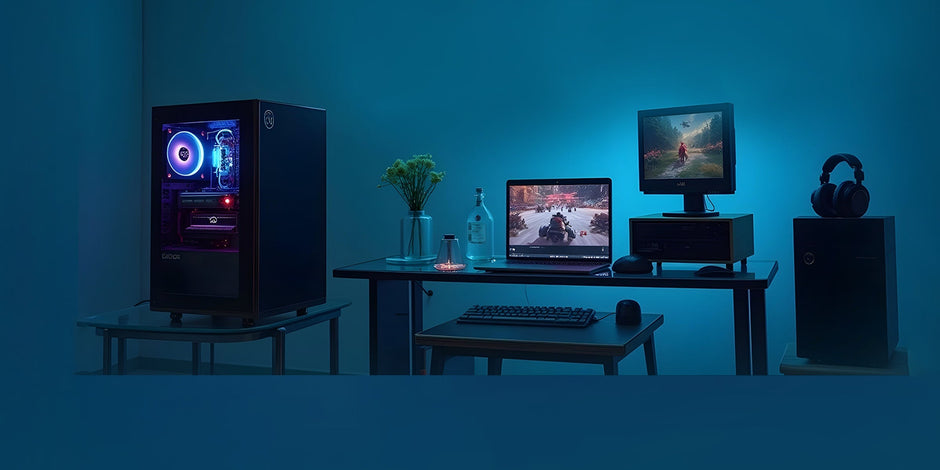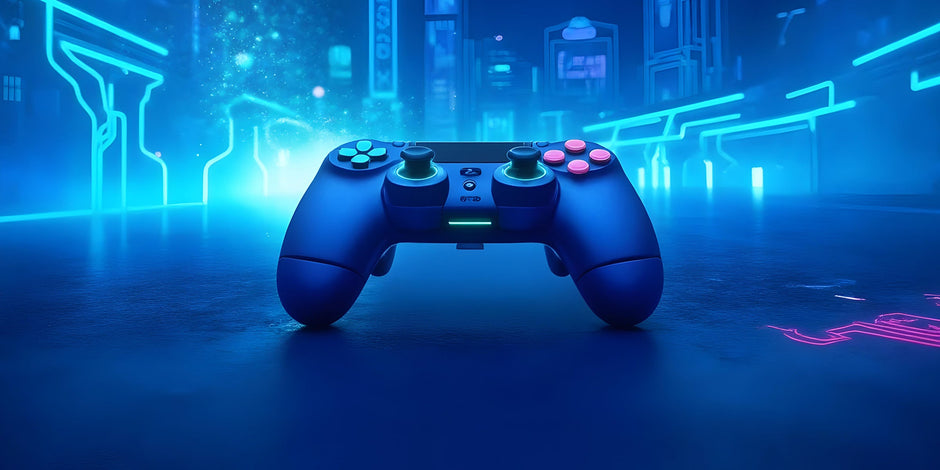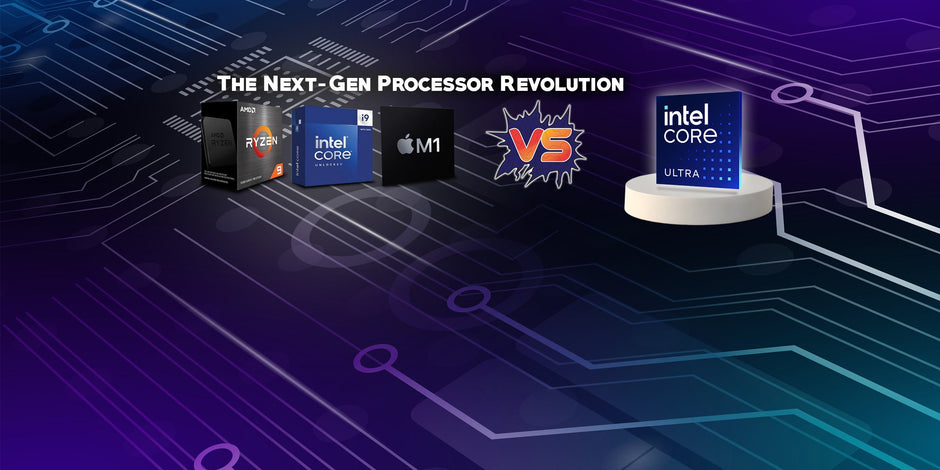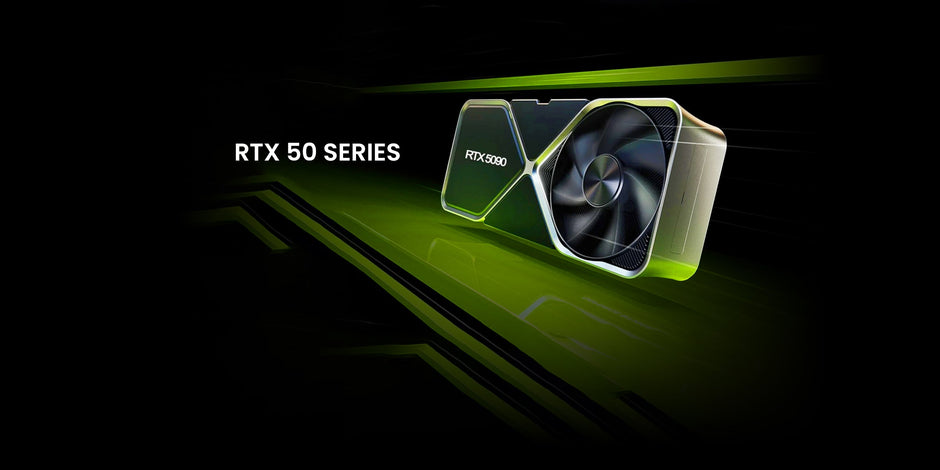Setting up your gaming monitor properly can make a significant difference in your overall gaming experience. Whether you're a casual gamer or a competitive player, optimizing your monitor settings ensures you get the best visuals and performance. Here's a step-by-step guide to help you set up your gaming monitor for optimal performance.
1. Choose the Right Refresh Rate
One of the first settings to adjust is the refresh rate. A higher refresh rate results in smoother motion, which is crucial for fast-paced games. Most modern gaming monitors offer refresh rates of 120Hz, 144Hz, or even 240Hz.
Steps to Change Refresh Rate:
-
Right-click on your desktop and select "Display settings."
-
Scroll down and click on "Advanced display settings."
-
Select the monitor you want to configure.
-
Click on "Display adapter properties for Display 1."
-
Go to the "Monitor" tab and choose the highest refresh rate available.

2. Adjust Resolution and Aspect Ratio
For the best visual experience, set your monitor to its native resolution. This is usually the highest resolution the monitor supports, ensuring the sharpest image quality.
Steps to Adjust Resolution:
-
Right-click on your desktop and select "Display settings."
-
Under "Resolution," select the highest available setting.
-
Ensure the aspect ratio matches your monitor's native aspect ratio (commonly 16:9 for most modern monitors).

3. Calibrate Your Colors
Color calibration ensures that your games look their best. Proper color settings can enhance your gaming experience by providing more accurate and vivid colors.
Steps to Calibrate Colors:
-
Use built-in calibration tools like Windows' "Color Calibration" (found in Control Panel).
-
Follow the on-screen instructions to adjust gamma, brightness, contrast, and color balance.
-
Alternatively, consider using third-party calibration tools or hardware calibrators for more precise adjustments.
4. Optimize Brightness and Contrast
Proper brightness and contrast settings help reduce eye strain and improve visibility in dark or bright scenes.
Steps to Adjust Brightness and Contrast:
-
Open your monitor’s on-screen display (OSD) menu.
-
Navigate to the brightness and contrast settings.
-
Adjust until you achieve a balance where dark scenes are visible without overexposing bright scenes.
5. Enable Game Mode or Similar Presets
Many gaming monitors come with preset modes designed to enhance gaming performance. These modes typically optimize settings like response time, refresh rate, and color settings.
Steps to Enable Game Mode:
-
Open your monitor’s OSD menu.
-
Look for a "Game Mode" or similar preset.
-
Activate the mode to automatically adjust settings for optimal gaming performance.
6. Set Up G-Sync or FreeSync
If your monitor supports NVIDIA G-Sync or AMD FreeSync, enable these features to reduce screen tearing and stuttering for smoother gameplay.
Steps to Enable G-Sync/FreeSync:
-
Ensure your graphics card supports G-Sync or FreeSync.
-
Open your graphics card control panel (NVIDIA Control Panel or AMD Radeon Settings).
-
Navigate to the "Display" settings.
-
Enable G-Sync or FreeSync.
7. Position Your Monitor Correctly
Proper monitor positioning can reduce neck strain and improve your viewing angle.
Tips for Positioning Your Monitor:
-
Place the monitor at eye level to keep your neck in a neutral position.
-
Maintain an arm's length distance from the monitor.
-
Tilt the monitor slightly upward or downward to match your line of sight.

8. Update Monitor and Graphics Drivers
Keeping your drivers up-to-date ensures compatibility and optimal performance.
Steps to Update Drivers:
-
Visit your monitor manufacturer's website for the latest drivers.
-
Check your graphics card manufacturer's website for the latest graphics drivers.
-
Install any available updates.
By following these steps, you can ensure your gaming monitor is set up for optimal performance, providing you with the best possible gaming experience. Enjoy your games with stunning visuals and smooth gameplay!
FAQs
Q 1: What is the best resolution setting for my gaming monitor?
A 1: Set your monitor to its native resolution, usually the highest available setting, to ensure the sharpest image quality.
Q 2: Why is adjusting brightness and contrast important for gaming?
A 2: Proper brightness and contrast settings help reduce eye strain and improve visibility in both dark and bright scenes.
Q 3: What is the ideal position for my gaming monitor?
A 3: Place the monitor at eye level, maintain an arm's length distance, and tilt the monitor slightly to match your line of sight.
Q 4: What is the benefit of using a curved gaming monitor?
A 4: A curved monitor can provide a more immersive gaming experience by wrapping the display around your field of vision, reducing eye strain and providing a wider viewing angle.
Q 5: Can I use multiple monitors for gaming?
A 5: Yes, you can use multiple monitors to create an extended display setup, enhancing your gaming experience. Ensure your graphics card supports multiple monitors and configure them in your display settings.








